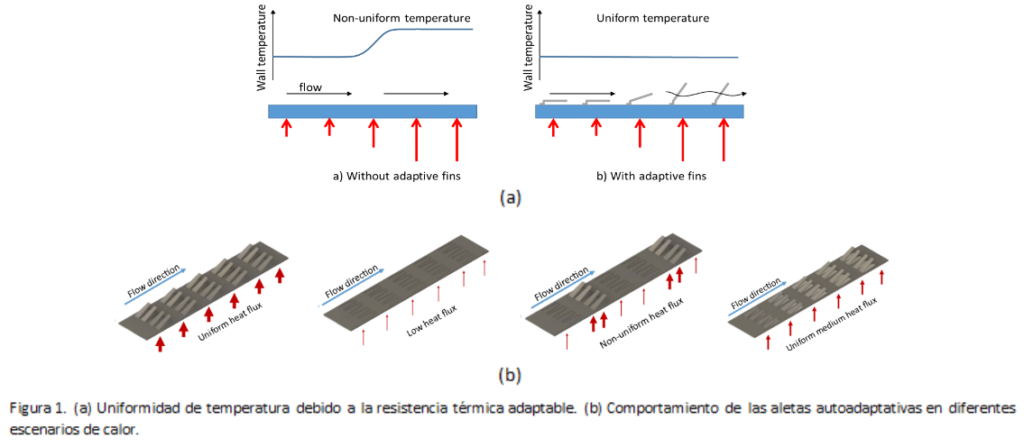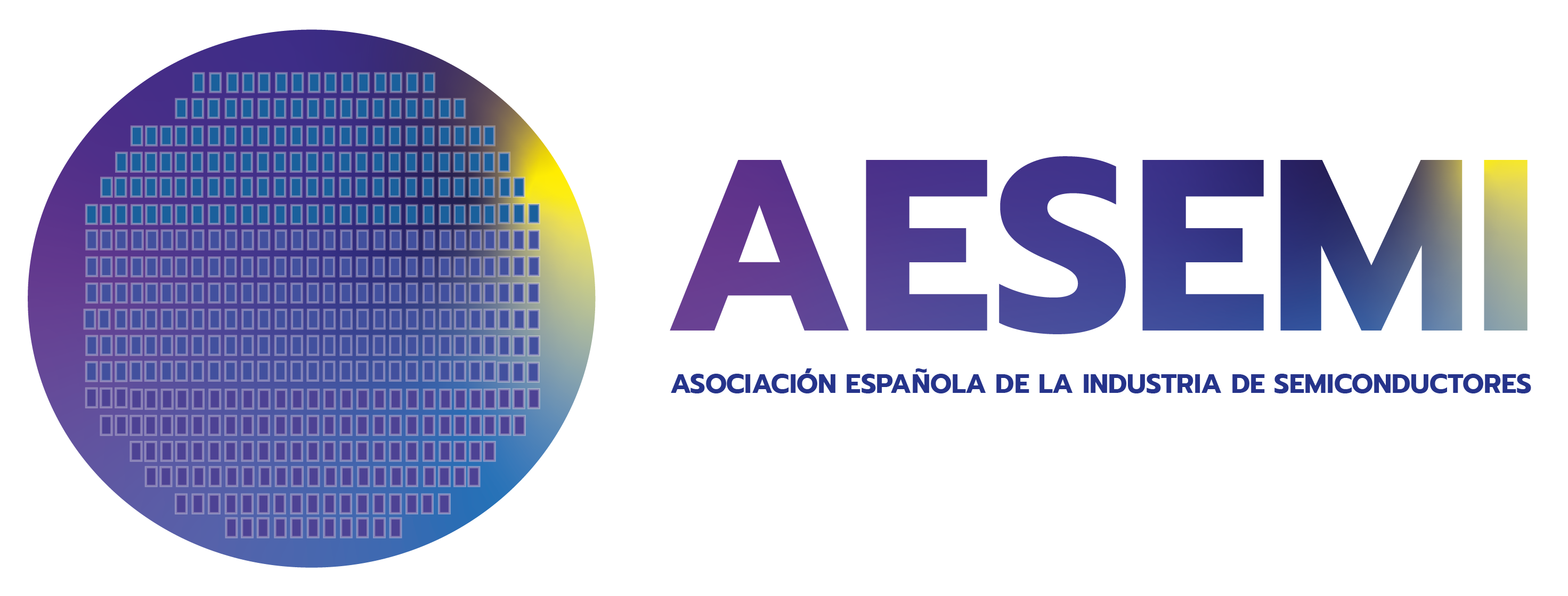Over the past decades, the continuous increase in integrated circuit (IC) power density due to the ever-increasing rate of data and communications (AI, VR, ML, IoT, 5G, etc.), coupled with advanced fabrication and packaging technologies in micro- and nano-electronic systems have significantly improved chip performance. However, the inability to follow Dennard’s scaling law has incurred an exponential increase in heat dissipation, establishing thermal management as a major concern for the information and communication technology community (ICT)1.
The large energy and water consumptions associated with these cooling systems have been found to have a large environmental impact. The increasing demand for data processing and storage systems, coupled with improved electronics performance, has resulted in a huge growth of the data centre industry, making it a global energy issue. Data centres currently consume around 3% of the world’s electricity supply and are expected to consume more than 8% of total electricity demand by 20302. A significant part of this consumption, up to 40%, is due to their cooling systems, as they are commonly cooled by global air conditioning systems. To meet the increasing power density of microprocessors and reduce cooling power requirements, data centres are increasingly switching from air cooling to liquid cooling. Pumping a liquid consumes much less energy than circulating cold air, and the high heat capacity of water reduces the required flow rate. In addition, waste heat can be transported and used to heat buildings, greenhouses or other nearby facilities.
The most developed and well-known direct-to-chip liquid cooling technology is based on microchannels3, that offer high heat transfer, but have high pressure drops, which results in higher power consumption, poor temperature uniformity (which leads to reduced reliability and chip lifetime), and a lower temperature uniformity (which leads to reduced reliability and chip lifetime4) and lack the ability to adapt to time- and space-varying scenarios5, which is especially relevant for multi-core processors and three-dimensional integrated circuits (3D-ICs). Thus, although different works focus on hot spot mitigation in non-uniform heat scenarios, they do not adapt their behaviour to time-dependent heat load scenarios and are therefore only feasible for specific pre-defined heat flux distributions. Consequently, their constant flow distributions are conservative as they are based on the most demanding requirements, leading to oversized pumping powers and non-uniform temperature distributions for varying operating conditions, such as those found in today’s advanced microelectronics systems.
In addition, to further increase the thermal performance of heat sinks, several works have focused on techniques to enhance heat transfer such as decreasing the thermal boundary layer, increasing flow breaks or increasing the velocity gradient near the heated surface. The addition of flow-disturbing elements is one of the most common passive techniques used, as they break up the fluid boundary layer to achieve better mixing and redevelopment of this layer, resulting in lower local thermal resistances6. The main drawback of these systems is the increase in pressure drop due to the addition of elements inside the channel and thus the permanent increase in hydraulic pumping power.
In this line, among the existing cooling solutions to improve the performance of liquid cooling systems, none focuses on developing a system capable of adapting to changing conditions in time and space. This improves heat transfer even when it is not needed and induces additional pressure drops in the fluid channel, resulting in oversized pumping powers for changing conditions.
UniSCool proposes to revolutionise current cooling systems through a new patented and highly innovative liquid cooling system based on an adaptive heat sink, which includes a series of thermally activated fins capable of efficiently adapting local heat removal to varying heat flows (Figure 1.a). In this way, the fins rise with increasing temperature to perturb the fluid and reduce the local thermal resistance, providing high temperature uniformity to the device regardless of heat flow. Conversely, when the temperature decreases, the fins are held in a flat position to minimise pumping power (Figure 1.b).

These fins are based on bimorph structures based on shape memory materials, which deform according to their own temperature, without the need for external sensors or actuators. The self-adaptive movement of the fins with temperature is based on the phenomenon of the shape memory effect (SME) in which a material recovers its original size and shape when heated above a certain characteristic transformation temperature.
As a result, the self-adaptive liquid cooling device can generate a local resistance distribution tailored to the local requirements of the cooled object, regardless of variability in time and space, through the use of the self-adaptive fins. The increase in local temperature promotes the change of the SMA fins to the austenitic phase, generating a vortex within the flow and enhancing local heat transfer. Once cooled, the fin returns to its initial flat shape, minimising pressure losses and therefore pumping power.
UniSCool has incorporated this technology into a cost-effective, intelligent, direct-to-chip cooling solution installed in a data centre server (Figure 2) to validate the energy savings achieved over existing on-site cooling solutions (HVAC).

Figure 2. UniSCool direct-to-chip liquid cooling system installed on a server, to cool 2 Intel Xeon CPUs
The results obtained have quantified a reduction in energy consumption associated with cooling of up to around 70% (Fig. 3a), while overall server consumption has been reduced by up to 30% (Fig. 3b).

The technology developed by UniSCool stands out from other liquid cooling solutions because it is based on a self-adaptive heat sink, which adjusts, more efficiently than current solutions, the heat extraction to the local and instantaneous needs of the cooled device. This provides high temperature uniformity over time and surface of the cooled device (a key factor for the reliability and lifetime of the device), improving heat transfer and reducing the energy consumption associated with the pumping power. This solution also improves both the compactness of the systems, as it can be integrated at different levels, and the performance of the devices by allowing them to work at optimal temperatures.
1 A. Kanduri et al. “A perspective on dark silicon”, in The Dark Side of Silicon: Energy Efficient Computing in the Dark Silicon Era 3–20, 2017.
2 J. Koomey, “Growth in data center electricity use 2005 to 2010,” Rep. Anal. Press Complet. Req. N. Y. Times, 2011.
3 D. B. Tuckerman and R. F. W. Pease, “High-performance heat sinking for VLSI,” IEEE Electron Device Lett., vol. 2, no. 5, pp. 126–129, 1981.
4 C. S. Sharma, S. Zimmermann, M. K. Tiwari, B. Michel, and D. Poulikakos, “Optimal thermal operation of liquid-cooled electronic chips,” Int. J. Heat Mass Transf., vol. 55, no. 7–8, pp. 1957–1969, 2012.
5 S. Riera, J. Barrau, M. Omri, L. G. Fréchette, and J. I. Rosell, “Stepwise varying width microchannel cooling device for uniform wall temperature: Experimental and numerical study,” Appl. Therm. Eng., vol. 78, pp. 30–38, Mar. 2015
6 S. Ferrouillat, P. Tochon, C. Garnier, and H. Peerhossaini, “Intensification of heat-transfer and mixing in multifunctional heat exchangers by artificially generated streamwise vorticity,” Appl. Therm. Eng., vol. 26, no. 16, pp. 1820–1829, 2006.


